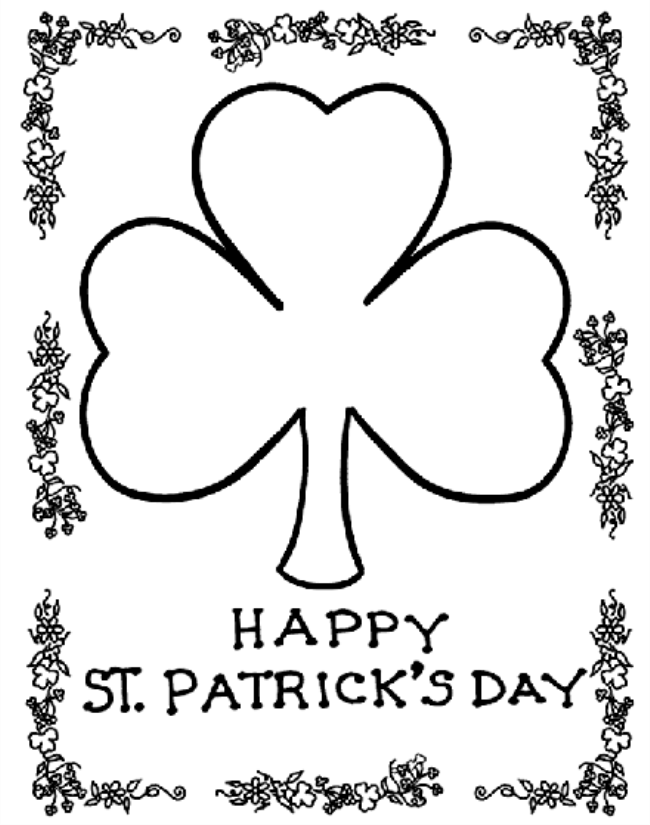Gallery
Photos from events, contest for the best costume, videos from master classes.
 |  |
 |  |
 |  |
 |  |
 |  |
 |  |
St. Patrick’s Day usually conjures images of partying, Catholicism, Irish nationalism and, perhaps most famously, the color green: green clothes, green shamrocks, green beer and green rivers. KENNESAW, Ga. (THE CONVERSATION) — St. Patrick’s Day usually conjures images of partying, Catholicism, Irish nationalism and, perhaps most famously, the color green: green clothes, green shamrocks, green beer and green rivers. St. Patrick’s Day usually conjures images of partying, Catholicism, Irish nationalism and, perhaps most famously, the color green: green clothes, green shamrocks, green beer and green rivers. So my students are often surprised when I tell them that St. Patrick’s Day was once a solemn feast day when you’d be far more likely to see the Green represents the Catholics, orange represents the Protestants, and the white in the middle symbolizes peace. Yet green remains the color associated with St. Patrick’s Day and Ireland throughout the world, largely due to the Catholic diaspora and its association with nationalism. St. Patrick and the Color Green. Legend has it that St. Patrick used the shamrock, a three-leaved plant, to explain the Holy Trinity to the pagan Irish. This story, whether myth or truth, has cemented the shamrock and the color green as central symbols of St. Patrick’s Day. The Color Green and Irish Catholic Identity Revellers attend the Saint Patrick’s Day parade on March 17, 2019 in Dublin, Ireland. Saint Patrick, the patron saint of Ireland is celebrated around the world on St. Patrick’s Day. According to legend Saint Patrick used the three-leaved shamrock to explain the Holy Trinity to Irish pagans in the 5th-century after becoming a Christian Yet green remains the color associated with St. Patrick’s Day and Ireland throughout the world, largely due to the Catholic diaspora and its association with nationalism. While green is the color most frequently associated with the holiday the other St. Patrick’s colors still have special meanings. As St. Patrick’s Day is a celebration of both Saint Patrick and Ireland, some of the St. Patrick’s Day colors tie directly to the patron saint, while others are more representative of Ireland itself. Other Colors Associated with St. Patrick’s Day. While green is the most prominent color associated with St. Patrick’s Day, other colors also play a significant role in the holiday’s celebrations. Orange, for example, is a nod to the Irish Protestant community, who have a long history of celebrating St. Patrick’s Day. St. Patrick’s Day usually conjures images of partying, Catholicism, Irish nationalism and, perhaps most famously, the color green: green clothes, green shamrocks, green beer and green rivers. By the 1930s, the custom of wearing green on St. Patrick’s Day had become so widespread that even President Franklin D. Roosevelt, who was of Dutch ancestry, joined in.An article published on St. Patrick’s Day usually conjures images of partying, Catholicism, Irish nationalism and, perhaps most famously, the color green: green clothes, green shamrocks, green beer and green rivers. When donning this St. Patrick’s Day color, you’re honoring Ireland’s nickname, the Emerald Isle. Emerald green is a bluish-green color that is bright and vivid. Kelly green To save you scrolling, you’ll find some speedy need-to-knows about the first color associated with St. Patrick’s Day below: 1. Yep, it all began with blue, not green. Although people wear green on St. Patrick’s Day, early depictions of St. Patrick show him clothed in fine blue robes. In fact, in Saul Church, which is on the site where St Yet green remains the color associated with St. Patrick’s Day and Ireland throughout the world, largely due to the Catholic diaspora and its association with nationalism. However, blue still plays a symbolic role in Ireland: Since 1945, the flag representing the president of Ireland has a gold harp with a dark blue background – the color Yet green remains the color associated with St. Patrick’s Day and Ireland throughout the world, largely due to the Catholic diaspora and its association with nationalism. However, blue still plays a symbolic role in Ireland: Since 1945, the flag representing the president of Ireland has a gold harp with a dark blue background – the color The origins of the wearing of green clothing in the U.S. on St. Patrick’s Day and for St. Patrick’s Day celebrations in general date back to the 19th century, when waves of Irish immigrants What Was St. Patrick’s Day’s Original Color? Before the sea of green flooded every street and city skyline on March 17th, the original color associated with St. Patrick was a shade of light, sky-toned blue—a hue that has come to be called “St. Patrick’s Blue.” By Bryan McGovern Professor of History, Kennesaw State University St. Patrick’s Day usually conjures images of partying, Catholicism, Irish nationalism and, perhaps most famously, the color green: green clothes, green shamrocks, green beer and green rivers. St. Patrick’s Day usually conjures images of partying, Catholicism, Irish nationalism and, perhaps most famously, the color green: green clothes, green shamrocks, green beer and green rivers.
Articles and news, personal stories, interviews with experts.
Photos from events, contest for the best costume, videos from master classes.
 |  |
 |  |
 |  |
 |  |
 |  |
 |  |